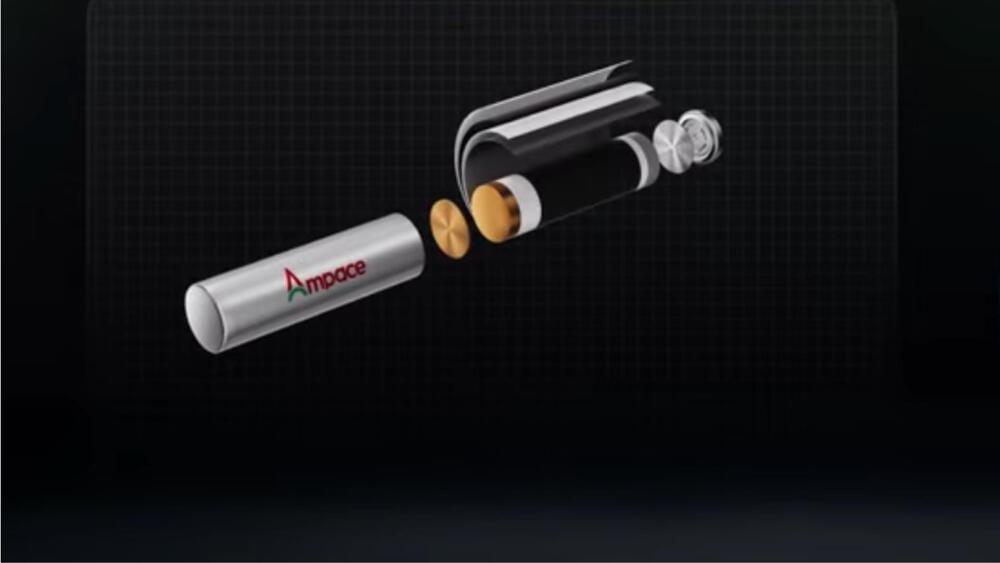Special multi-layer mirrors guide the light through plates called masks, which hold the intricate patterns of the integrated circuits for semiconductor wafers. The light projects the pattern onto a photoresist layer that is etched away to leave the integrated circuits on the chip, according to a press release by LLNL.
The project also aims to investigate the primary hypothesis that the energy efficiency of existing EUV lithography sources for semiconductor production can be improved with technology developed for the novel petawatt-class BAT laser, which uses thulium-doped yttrium lithium fluoride (Tm: YLF) as the gain medium through which the power and intensity of laser beams are increased, as per the release.
Scientists have planned to conduct a demonstration pairing the compact high-rep-rate BAT laser with technologies that generate sources of EUV light using shaped nanosecond pulses and high-energy x-rays and particles using ultrashort sub-picosecond pulses.
